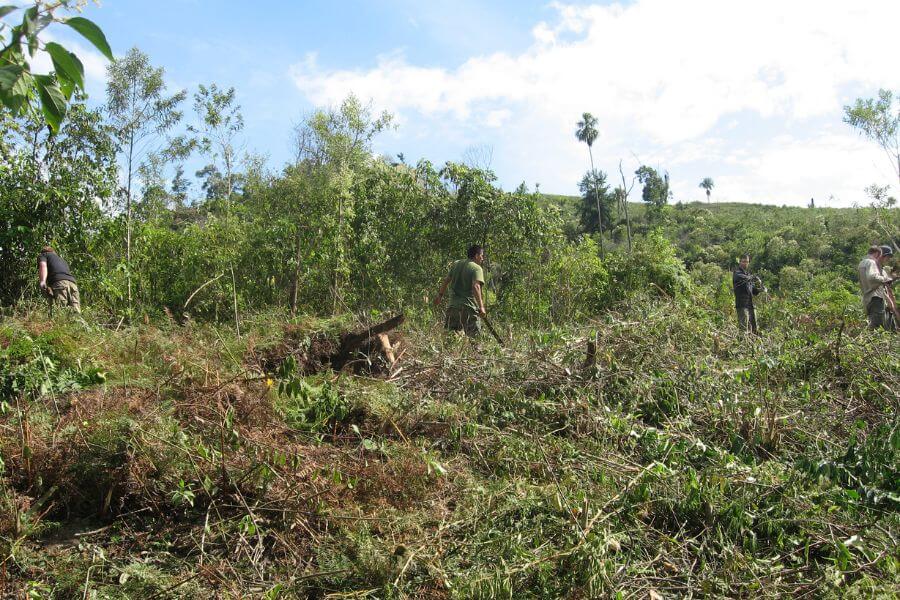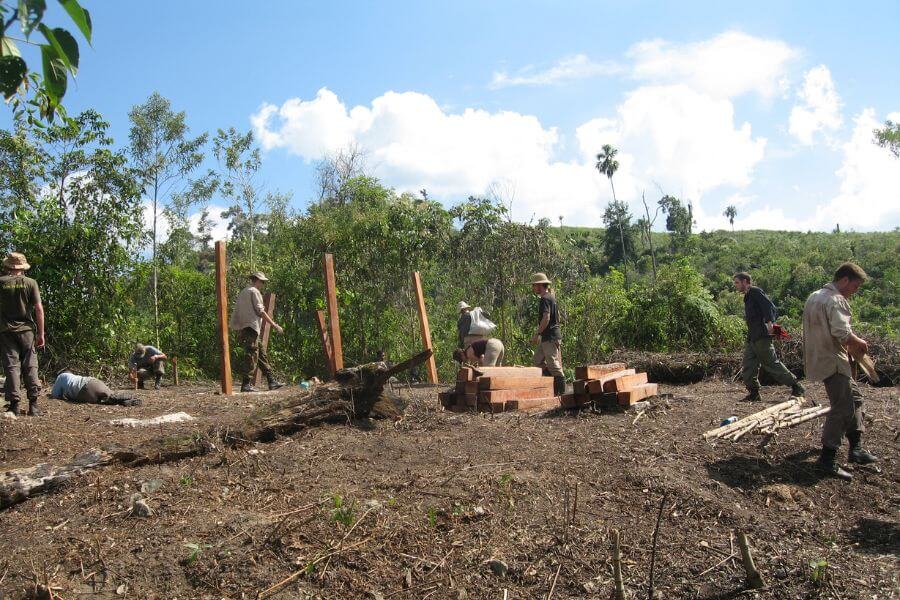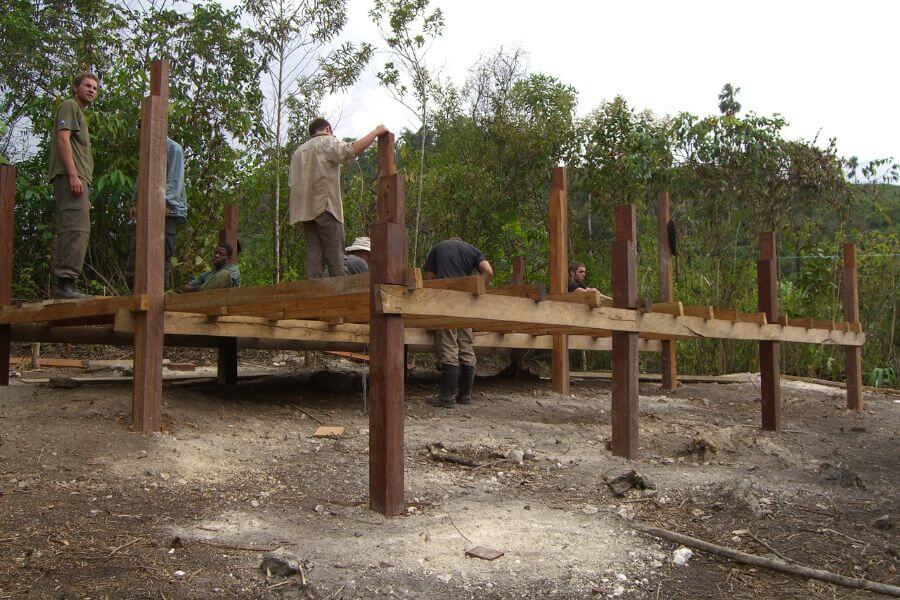Leadership Lessons from the Front Line: A Journey from the Royal Marines to Remote Expeditions
|
Introduction: The Path to Leadership
Leadership isn’t just about giving orders—it’s about inspiring, guiding, and earning the trust of those you lead. My journey in leadership began at an early age, and it has taken me from the structured world of the Royal Marines to the unpredictable challenges of leading conservation expeditions in remote jungles. Each experience has shaped my understanding of what it truly means to be a leader.
Working Under Leaders as a Young MarinE

My leadership journey began at the tender age of 16 when I joined the Royal Marines. It was there that I first experienced a wide range of leadership styles—some that motivated me and others not so much. Although military structure requires you to follow orders, I quickly noticed that different leaders used vastly different approaches to motivate and maximise the performance of their teams. This early exposure taught me invaluable lessons about leadership—what works, what doesn’t, and the essential qualities that define a strong leader. I quickly realised that I was naturally willing to work harder for some leaders than others—and that came down to their leadership style and the way they treated people.
Key Takeaway:
Not everyone in charge is a leader. Some leaders are made, and some are born. True leadership is about influence, not just authority.
Stepping Up: Learning to Lead
The next stage of my career came when I was being put forward for promotion—and this is where I had to step up and start leading others myself. I chose to draw on the characteristics that had brought out the best in me when I was under strong leadership. I paid close attention to what those leaders did well, and I modelled my own approach on their example. One of the most valuable lessons I learned about leadership during my time in the Royal Marines was this:the only pressure you’re under is the pressure you put on yourself. In high-intensity situations, that advice was gold. Instead of reacting instantly, I learned to take a step back—even if just for a moment—observe what was happening, make a quick plan, and then act with purpose. That pause made all the difference between chaos and control.
Key Takeaway:
Be yourself when leading. Authenticity builds trust. Be confident in your own abilities and be confident with the team around you.
Leading in the Wild: From the Marines to Expedition Leadership

After leaving the Royal Marines, I transitioned into the role of expedition leader—often guiding teams of postgraduate-age volunteers into remote jungle environments to carry out vital conservation projects. Often, the volunteers had no prior experience in those kinds of environments, so it became my responsibility to prepare them thoroughly before we set off. This included pre-expedition training on essential skills.
One of the most significant projects I led was a conservation mission in Southern Belize, deep within the Chiquibul Rainforest. Our mission was to construct a ranger station on the Belize–Guatemala border—a critical outpost meant to protect the rainforest from illegal poaching of jaguars and help preserve the delicate ecosystem of the Chiquibul Rainforest.
The challenge we faced was, in simple terms, to build a large wooden house in the middle of the jungle. Now, to be clear—I didn’t originally volunteer for this kind of work. I’d signed up for a completely different project that had nothing to do with construction. But here I was, leading it. I had 12 volunteers assigned to the team, and from the very start, I believed in complete honesty about my own skill set and how I saw the project unfolding. I wasn’t going to pretend to be something I wasn’t—we were going to figure it out together!
Not knowing how to build the house myself was incredibly daunting. I had the blueprints, the tools—the shovels, spirit levels, nuts, bolts, and even the pickaxes. And I had a team ready to work. But what I quickly realised was that the key to success wasn’t just about the tools—it was about understanding the people. I had to identify the strengths within the team. I could see who the natural leaders were, who had a more passive, supportive nature, who brought humour to lift morale, and who were the quiet types—those who might not say much but worked incredibly hard behind the scenes. It was a diverse mix of personalities, and it was my job to bring them together and help them function as one cohesive team, all while operating in an extremely challenging environment.

Adapting Leadership Style
One of the key things I had to understand was that, unlike the military, I was now working with volunteers on a conservation project—people who didn’t have to follow orders. That meant leading through influence, not authority, and it required a completely different skill set.
The project itself was immense, and it demanded not just practical ability, but real confidence—in myself and in the team—to make it a success. The key was to inspire, motivate, and energise the group by staying passionate, positive, and purposeful throughout. Things were never going to go exactly to plan, so adaptability became crucial. It was about staying flexible and responsive as challenges arose. And in the intense heat and humidity, under pressure, the human factor played a massive role. Empathy became essential—understanding how people were feeling, what they needed, and seeing things from their perspective. Integrity was also central to my approach: being honest with myself and the team, and acting in a way that earned trust through every decision and action we made together.
And finally, I had to hold a clear vision of how the project should unfold—and communicate that vision in a way that made the team believe in it and believe in themselves. It was only through all of the above—passion, adaptability, empathy, integrity, and clear vision—that we were able to successfully complete the conservation project. What felt truly daunting at the start became one of the most rewarding experiences of my life. And it was made possible not by any one individual, but by the strength, resilience, and unity of the team.
Key Takeaway:
Take each day as it comes , put a plan together and be adaptable to the situation. Always protect your team , be it physically , mentally and emotionally and they will do the same in return. Win your team and you will succeed.
Conclusion: The Core of Leadership
From the structured discipline of the Royal Marines to the unpredictable challenges of remote expeditions, my leadership journey has taught me one core truth: Leadership is about people. Whether in the heat of battle or the depths of a rainforest, a leader’s success depends on their ability to inspire, support, and unite their team.
Final Takeaway:
Leadership is earned, not given. Lead with authenticity, empathy, and a clear sense of purpose, and you will bring out the best in those around you.
Discover Leadership Through Elite Survival Training
If you want to experience leadership in action, Elite Survival Training offers immersive survival courses designed to bring out the leader within you. Whether in a dense forest or a remote mountain range, you’ll be challenged to think clearly, motivate your team, and make decisive choices—all while learning critical survival skills. These courses are not just about surviving the wild—they are about discovering and refining your own leadership abilities.
Learn more about our leadership-focused survival courses and start your own leadership journey.










